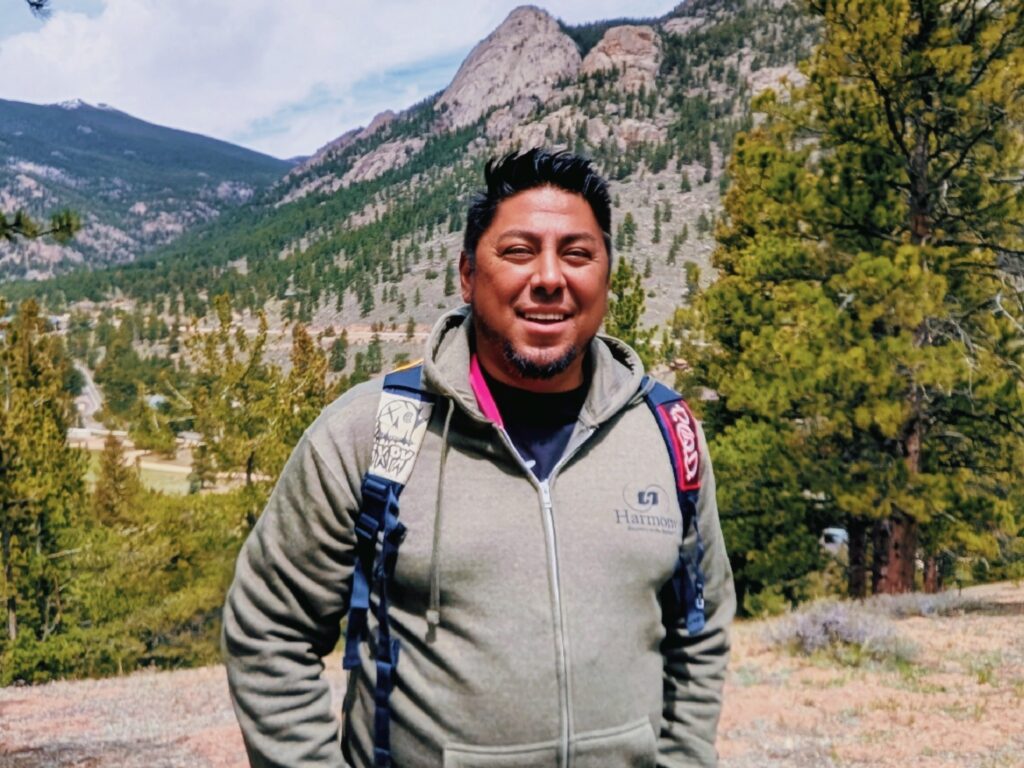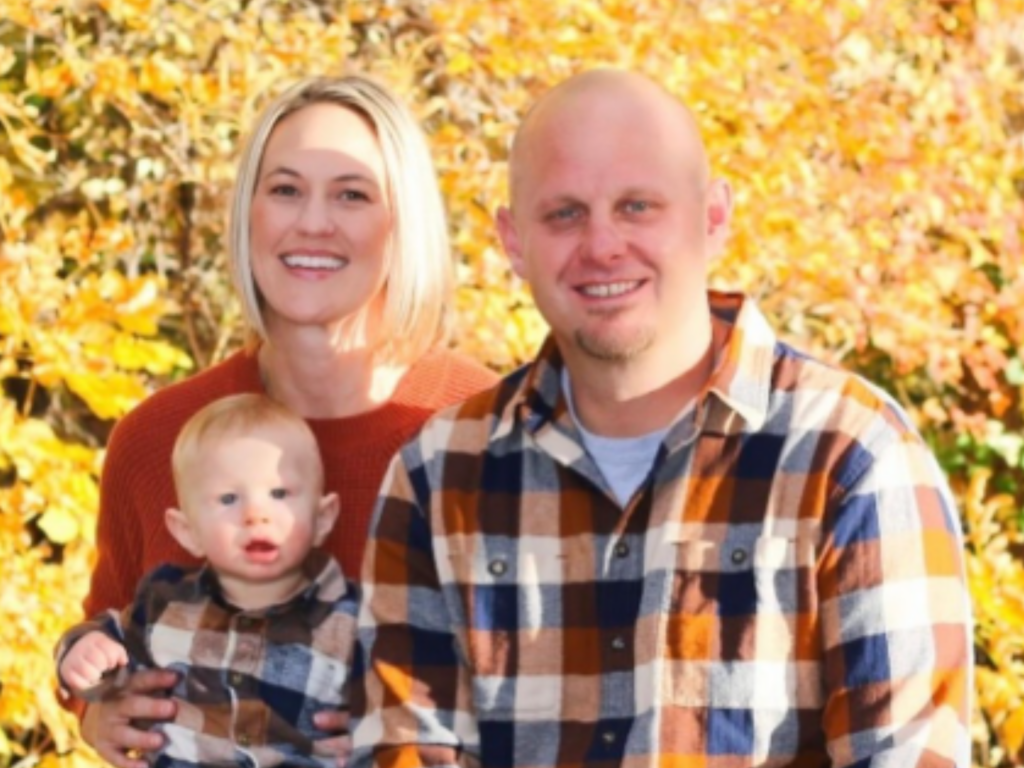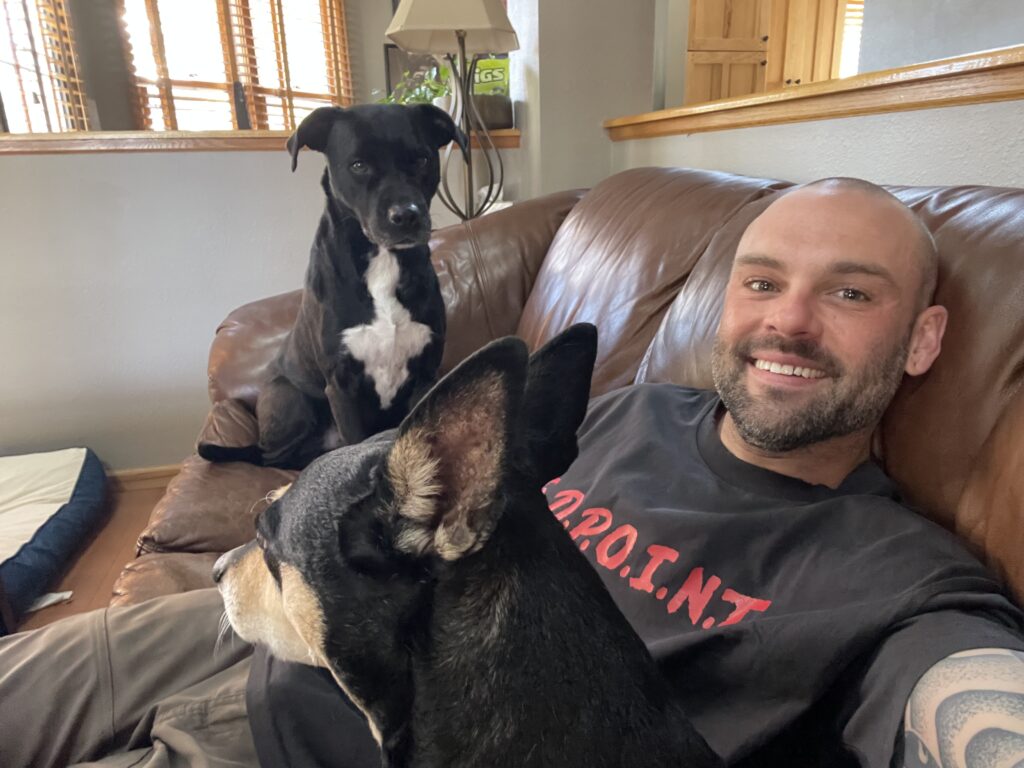A Lifeline for Families: Karen’s Dedication to Recovery Support
Karen has a deep passion for walking alongside clients in recovery and helping families understand the disease of addiction. She believes in the power of education, compassion, and community to […]
A Lifeline for Families: Karen’s Dedication to Recovery Support Read More »







